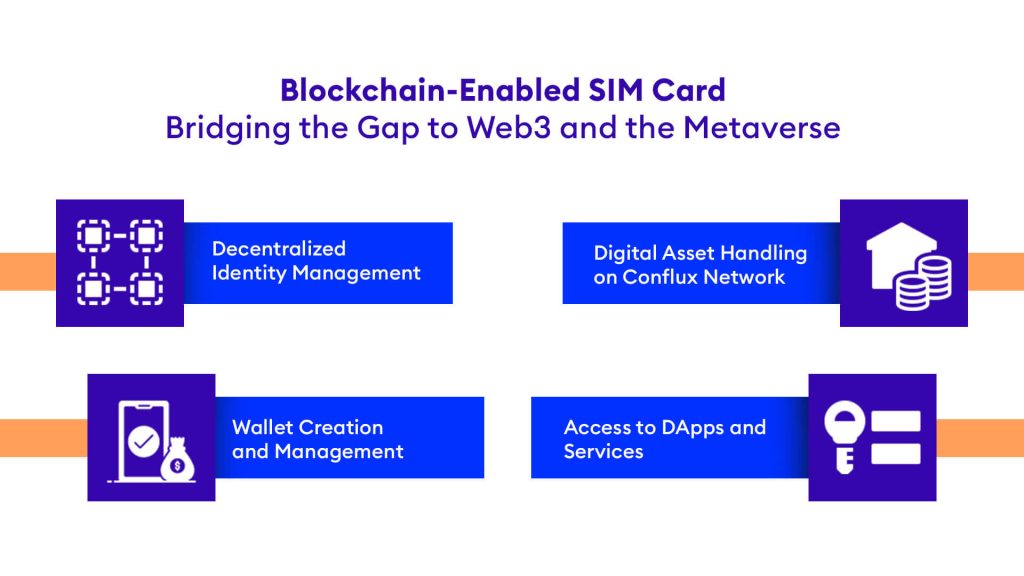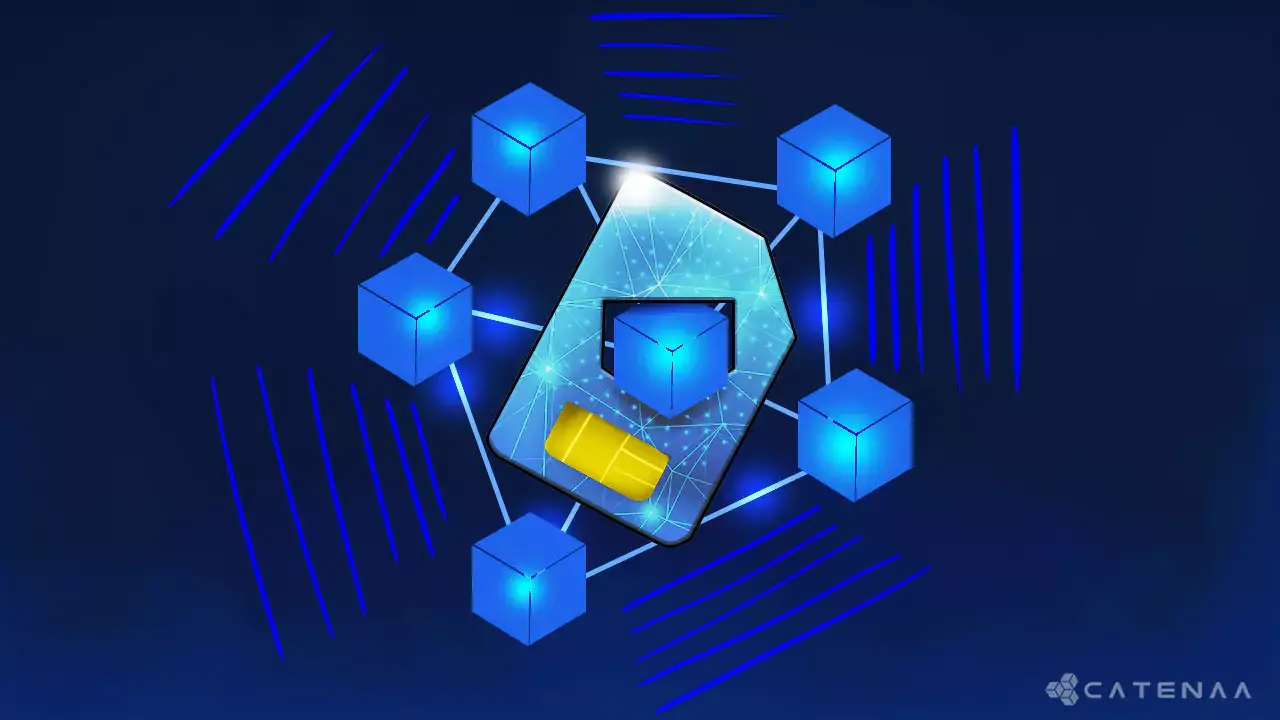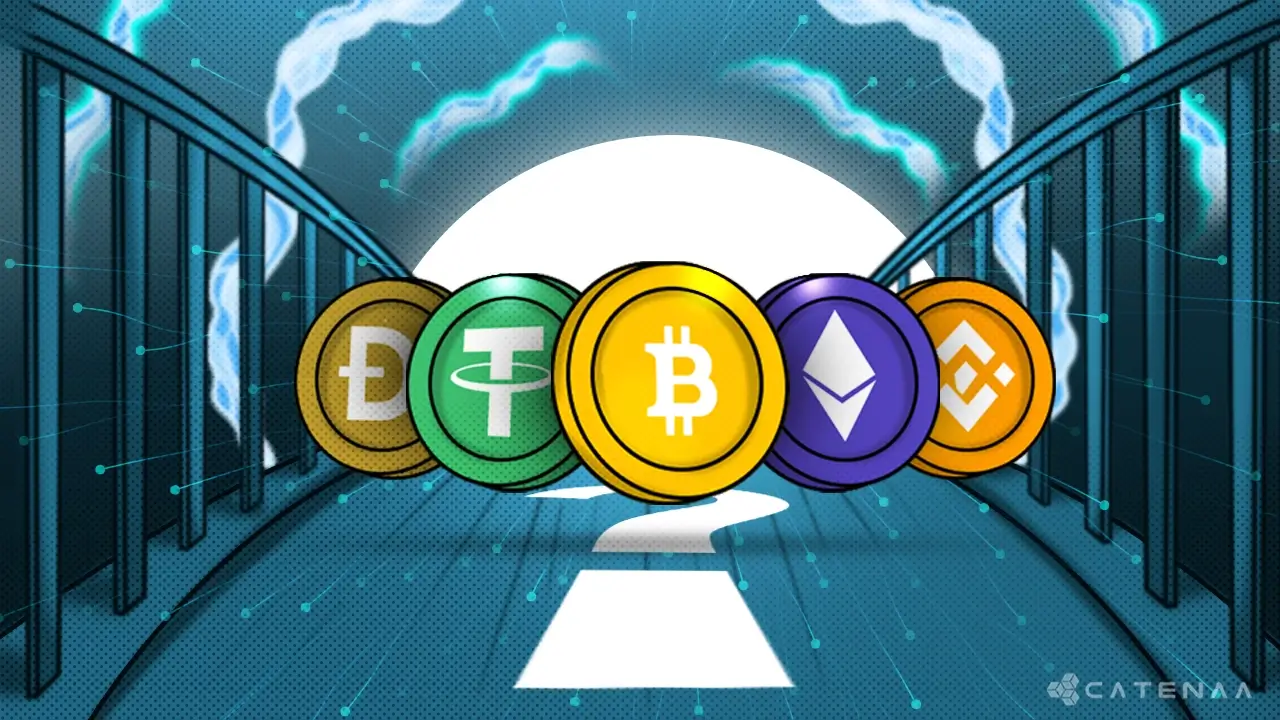Table of Content
SIM (Subscriber Identity Module) cards were first introduced in the year 1991 by Munich smart-card maker Giesecke+Devrient. 1 They remained relatively unchanged with respect to their functionality, with only their size getting smaller every couple of years, to the point where physical SIM cards are going extinct in favor of E-SIM technology.
However, SIM cards have again been thrust into the limelight thanks to blockchain, and they are now on the verge of a major shift.
What is a Blockchain-Enabled SIM Card, and How Does it Work?
A blockchain-enabled SIM (commonly known as “BSIM”) card is a SIM card that integrates blockchain technology to offer advanced security features and new use cases. The private key is automatically generated in the eSIM card, and the programmable memory area in an eSIM is preloaded with blockchain functionality that allows users and devices to authenticate against blockchains.

These SIM cards also support cross-chain interoperability, meaning that users can transfer their assets and data across different blockchains. They are also pivotal in lowering the barriers to entry for Web3 and the Metaverse by making it easier and cheaper for users to access the blockchain ecosystem.
Web3 is a term that refers to the next generation of the internet, where users have more control over their own data and identity and where applications are built on decentralized protocols and platforms.
The metaverse refers to a virtual reality environment where users can interact with each other and with digital content in immersive ways. The BSIM card is designed to enable users to participate in both Web3 and the metaverse using their mobile devices.
The Benefits of Using Blockchain-Enabled SIM Cards
BSIMs allow users to access Web3 and the Metaverse via their mobile devices, which means they can engage with decentralized apps (DApps) and services on the blockchain without depending on third-party middlemen or platforms. Users may also move their assets and data between multiple blockchains through cross-chain interoperability.
They can also integrate hardware crypto wallet capability into the SIM card, which manages and stores the users’ public and private keys in the card and carries out digital transactions safely and easily. BSIMs achieve this by signing digital transactions without letting the private key leave the SIM.2
Can blockchain-enabled SIM cards help secure our identities?
Blockchain-enabled SIM cards have the potential to secure our identities in a more advanced way than traditional SIM cards. These SIM cards use blockchain technology to store user data on a decentralized network, making it more difficult for malicious actors to access or steal user data.
Further, this security allows a user’s identity to be associated with various assets, including their own data. Users can then decide who they want to share this data with and monetize it. Blockchain-enabled SIM cards will enable the masses to benefit from this.3
China Telecom Joins Forces with Conflux
China Telecom and Conflux have joined together to launch a blockchain-enabled SIM card that allows users to create and manage their own decentralized identities, wallets, and digital assets on the Conflux network. Users can also access decentralized applications (DApps) and services on the blockchain without relying on third-party intermediaries or platforms.
China Telecom, which is China’s second-largest wireless carrier with over 390 million active users, is preparing to debut the BSIM in Hong Kong and is claimed to be “the largest blockchain hardware product ever seen globally.4
Blockchain-enabled SIM cards are still in their infancy; even the entire blockchain industry has only been around for two decades. It will be interesting to see how this technology evolves and what kind of value it can add. However, it may not be that far in the future when you replace your traditional SIM with a blockchain-enabled one.
- Wikepedia: www.wikipedia.org[↩]
- Benefits: www.247wallst.com[↩]
- Forkast: www.forkast.news[↩]
- China Telecom: www.247wallst.com[↩]


